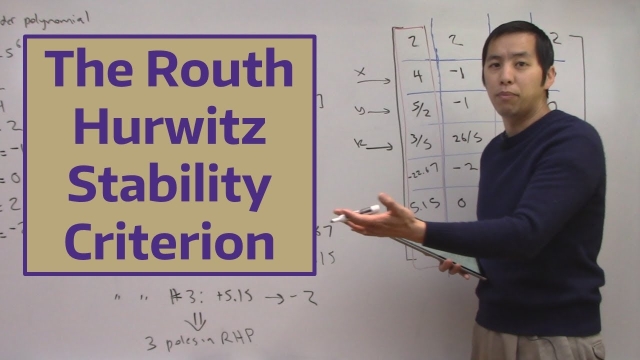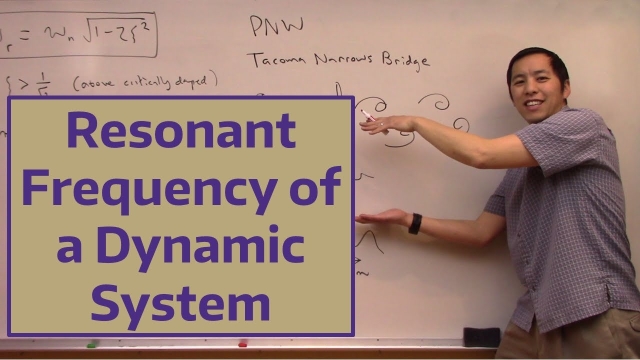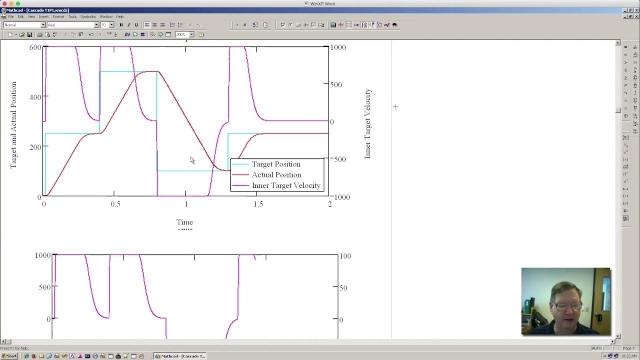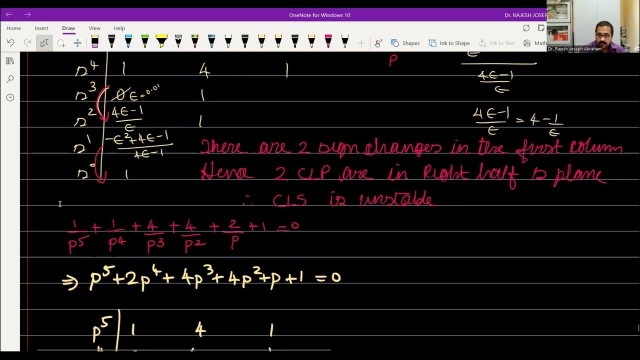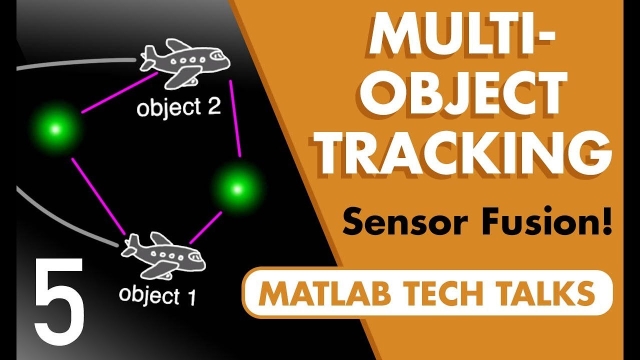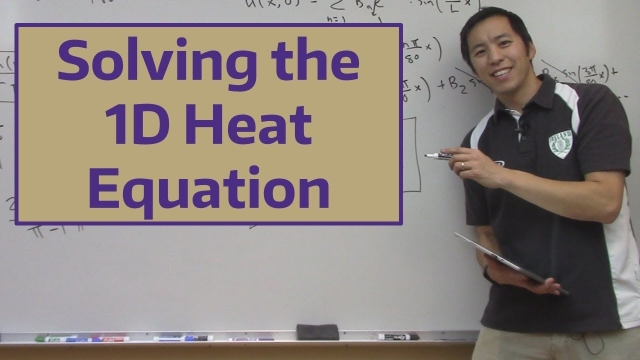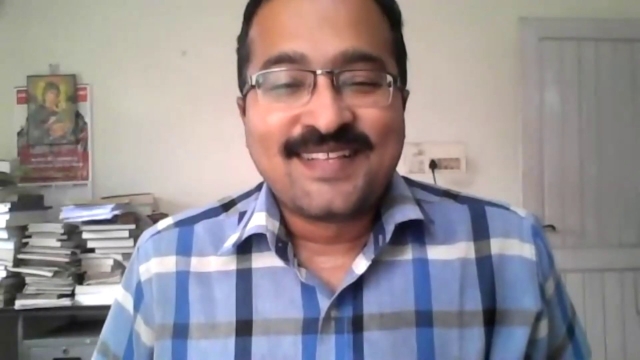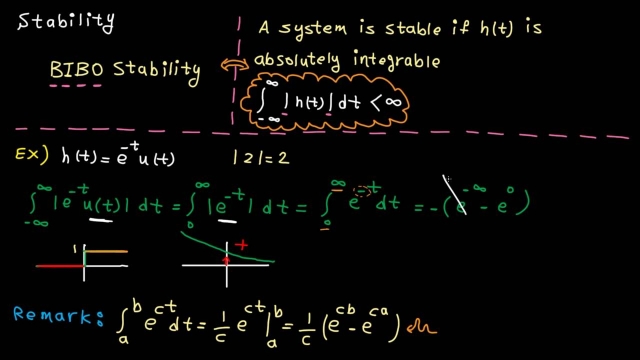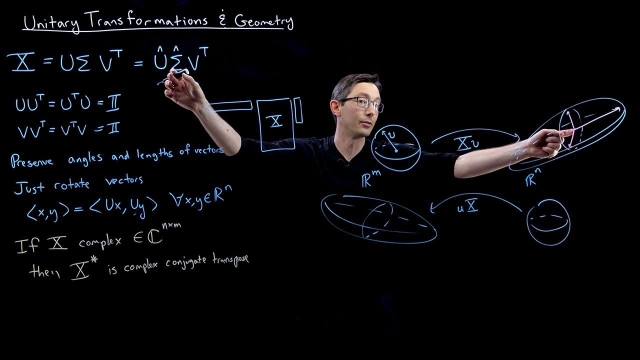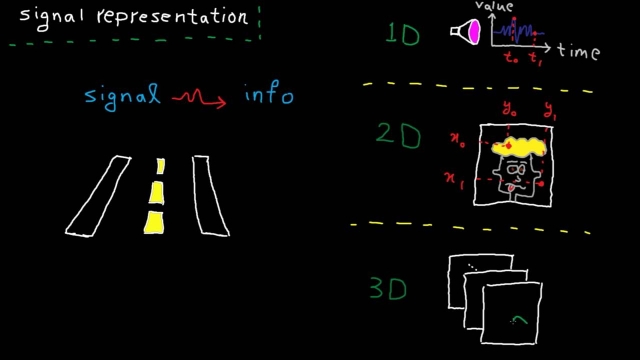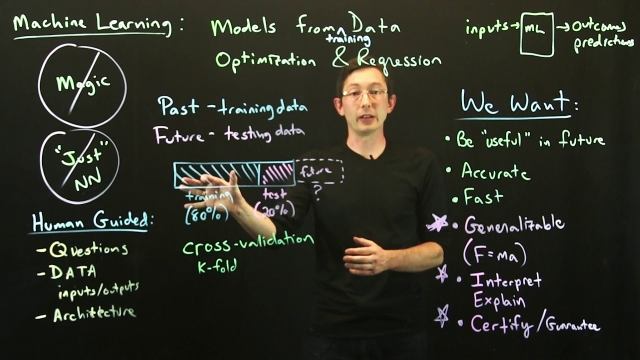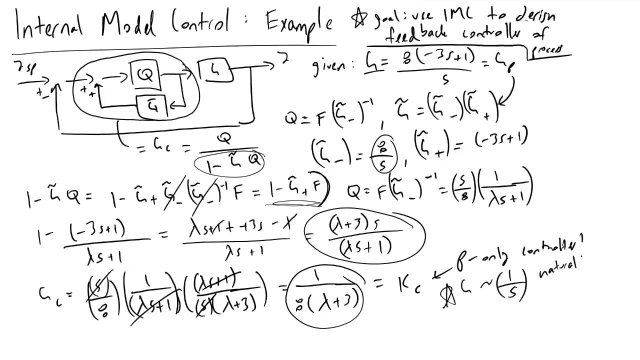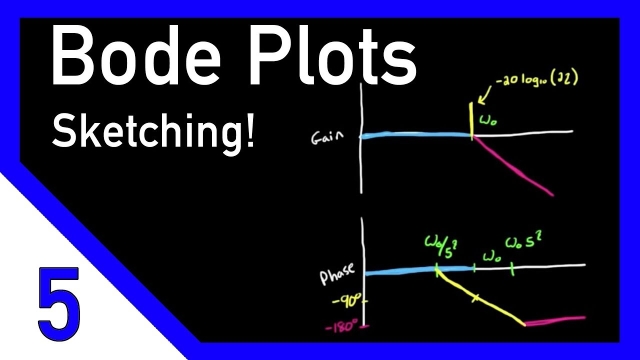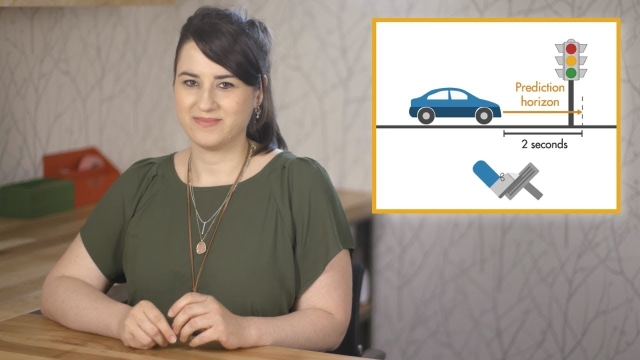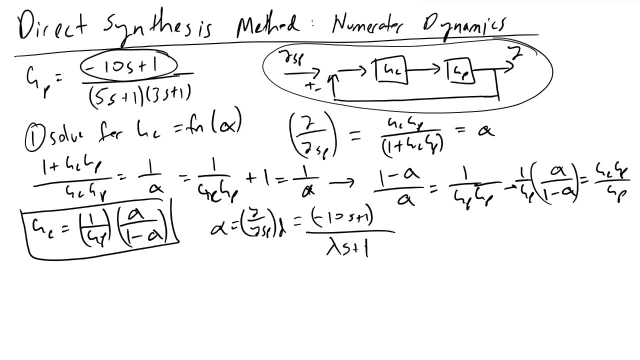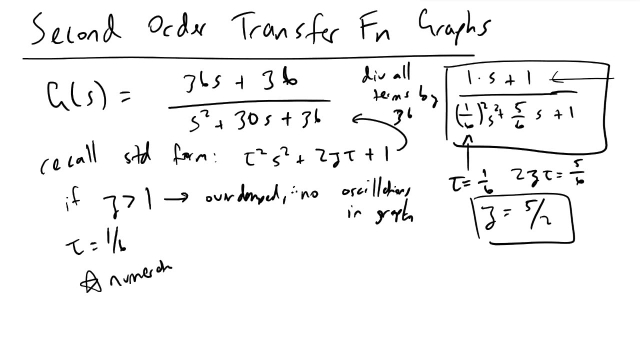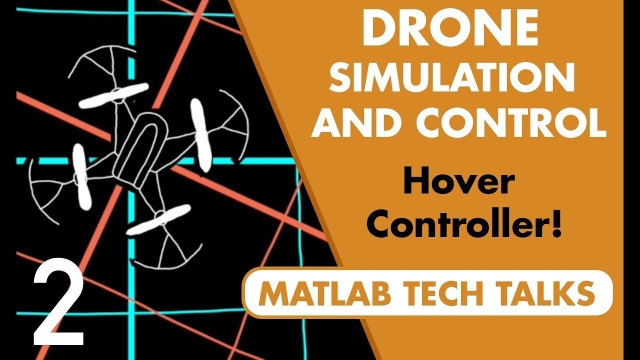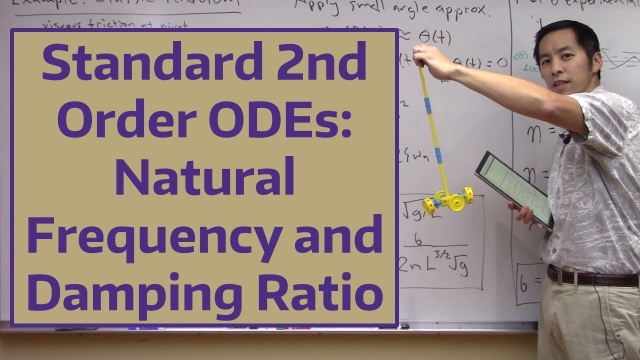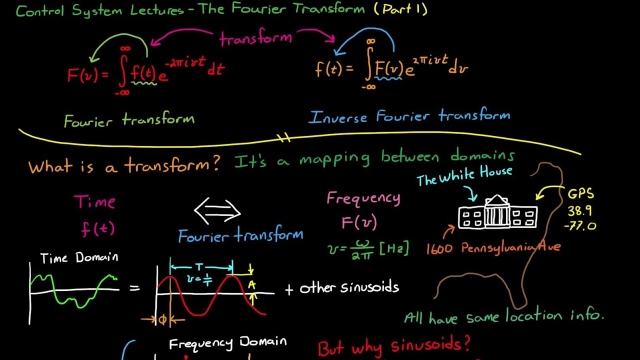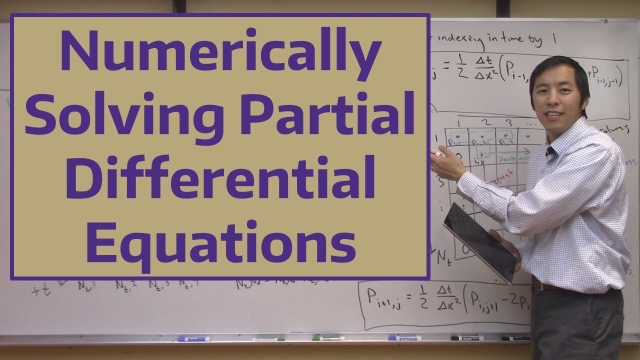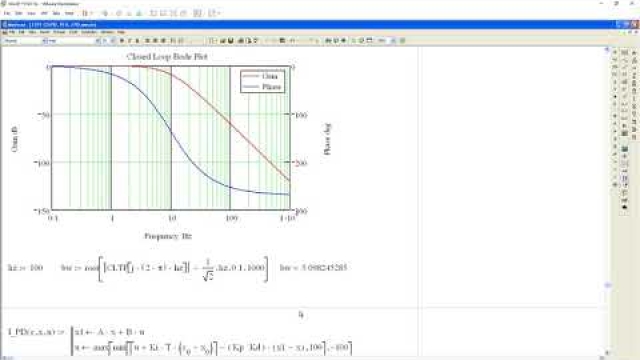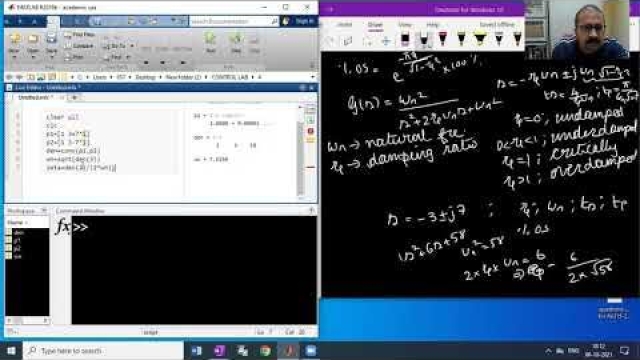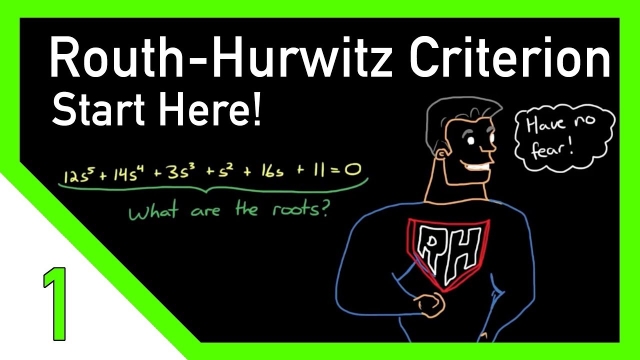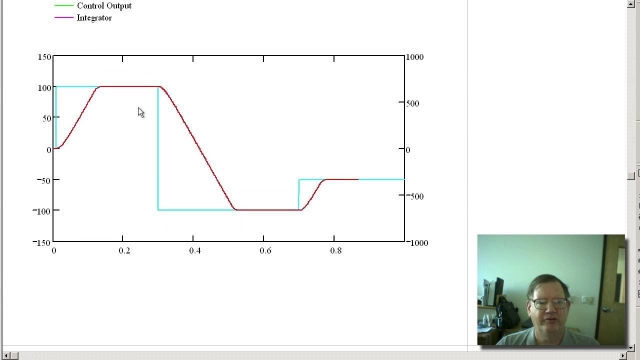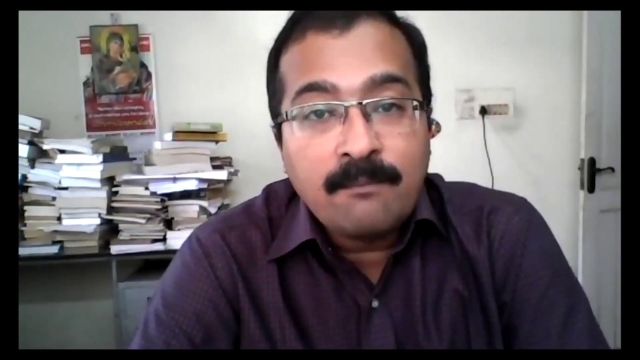
The Routh-Hurwitz Stability Criterion
In this video we explore the Routh Hurwitz Stability Criterion and investigate how it can be applied to control systems engineering. The Routh Hurwitz Stabi...
See MoreResonant Frequency of a Dynamic System
In this video we discuss the resonant frequency of a dynamic system. We show how the resonant frequency, natural frequency, and damped natural frequency are...
See MorePeter Ponders PID - Cascade Control Part1
I cover whether cascade control is necessary. Why there needs to be a feed back for every loop. How to calculate gains. Bode plots and ratio of the inner t...
See MoreTUTORIAL on Stability and Routh Hurwitz criterion
Understanding Sensor Fusion and Tracking, Part 5: How to Track Multiple Obje...
This video describes two common problems that arise when tracking multiple objects: data association and track maintenance. We cover a few ways to solve these issues and provide a general...
See MoreSolving the 1D Heat Equation
In this video we simplify the general heat equation to look at only a single spatial variable, thereby obtaining the 1D heat equation. We solving the result...
See MoreLecture 25: Nyquist stability criterion
Time domain - tutorial 11: system properties from impulse response
In this video, we learn how to find system properties from the impulse response. Specifically, memoryless, causal, stable and invertible systems will be ful...
See MoreUnitary Transformations
This video discusses unitary matrix transformations and how they relate to the geometry of the singular value decomposition (SVD).
See MoreTime domain - tutorial 2: signal representation
In this video, we review how to represent information as a signal. The information can be anything such as voice (1D) or an image (2D) or even a video (3D). ...
See MoreMachine Learning and Cross-Validation
This lecture discusses the importance of cross-validation to assess models obtained via machine learning.
See MoreInternal Model Control Example Problem
I walk through how to design a feedback controller based on a given process transfer function, using Internal Model Control.
See MoreBode Plots by Hand: Complex Poles or Zeros
This is a continuation of the Control Systems Lectures. This video describes the benefit of being able to approximate a Bode plot by hand and explains what a Bode plot looks like for a...
See MoreUnderstanding Model Predictive Control, Part 3: MPC Design Parameters
To successfully control a system using an MPC controller, you need to carefully select its design parameters. This video provides recommendations for choosing the controller sample time...
See MoreDirect Synthesis Method Numerator Dynamics Problem
I walk through how to design a PID feedback controller when given a second order process with numerator dynamics, using the Direct Synthesis Method.
See MorePredicting Second Order Transfer Function Behavior
Given a second order transfer function, I'll cover how we can predict the system behavior and derive the appropriate time constants and damping coefficient.
See MoreDrone Simulation and Control, Part 2: How Do You Get a Drone to Hover?
In the last video, we showed we can manipulate the four motors of a quadcopter to maneuver it in 3D space by getting it to roll, pitch, yaw, and change its thrust. We also covered the four...
See MoreStandard 2nd Order ODEs: Natural Frequency and Damping Ratio
In this video we discuss writing 2nd order ODEs in standard form xdd(t)+2*zeta*wn*xd(t)+wn^2*x(t)where zeta = damping ratio wn = natural ...
See MoreIntroduction to the Fourier Transform (Part 1)
This video is an introduction to the Fourier Transform. I try to give a little bit of background into what the transform does and then I go step by step through explaining the Inverse...
See MoreNumerically Solving Partial Differential Equations
In this video we show how to numerically solve partial differential equations by numerically approximating partial derivatives using the finite difference me...
See MorePeter Ponders PID - Closed Loop Zeros
This video covers closed loop zeros, what causes zeros and the benefits and drawbacks of closed loop zeros.
See MoreControl Systems with MATLAB - Time Domain Analysis
Routh-Hurwitz Criterion, An Introduction
This video gives an introduction into the Routh-Hurwitz Criterion and the Routh Array. I also present a little background information in order to emphasize why the method was developed and...
See More
